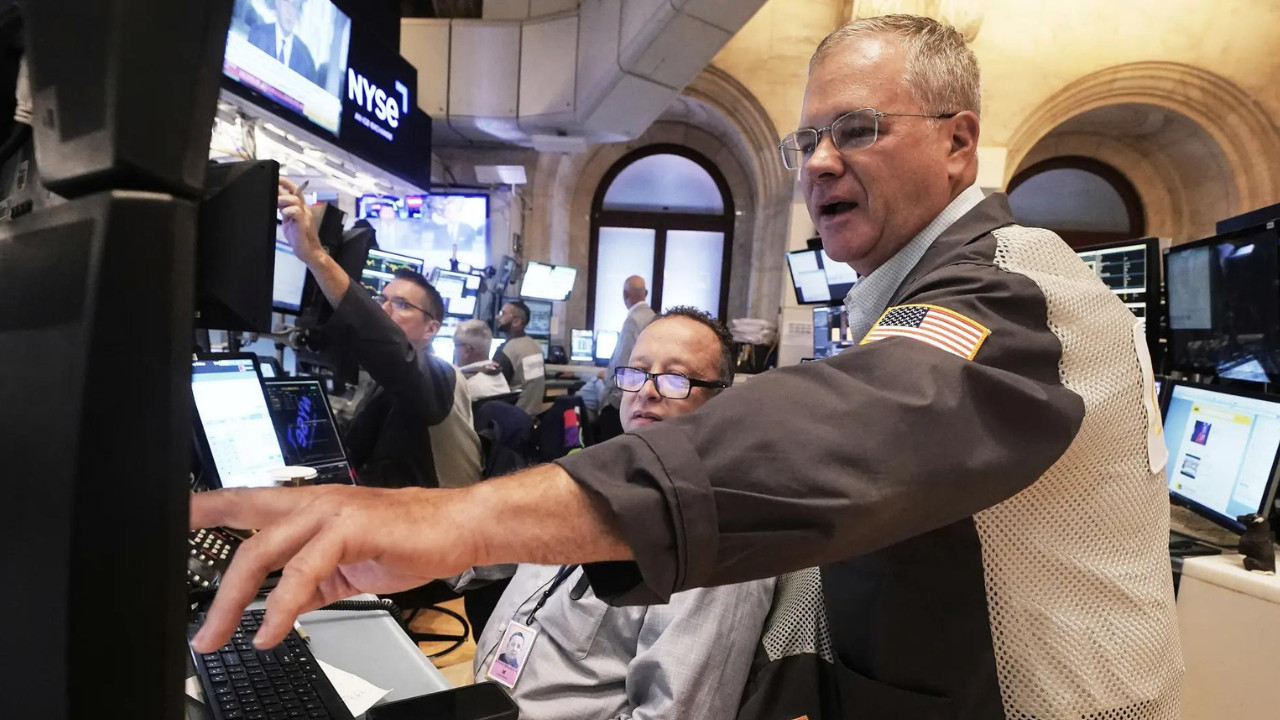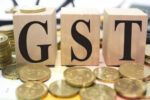Wall Street experienced a slight rise, poised for its best week in five, fueled by anticipation of a Federal Reserve interest rate cut. Investor sentiment is optimistic, driven by hopes that the Fed will ease rates to support growth. Mixed global market performance and rising Treasury yields reflect investor considerations of upcoming Fed actions.
The Market’s Mood Ring: Decoding Wall Street’s Latest Swings
Wall Street’s been a bit of a rollercoaster lately, hasn’t it? One day it’s soaring, the next it’s taking a dip. Understanding these shifts requires more than just glancing at the headlines. It’s about grasping the underlying currents influencing investor behavior, primarily the elusive promise of a potential Federal Reserve rate cut.
This week has been a microcosm of that volatility. We saw the major indexes – the Dow Jones, S&P 500, and Nasdaq – initially riding high, fueled by whispers (and, let’s be honest, fervent hopes) that the Fed might soon ease its grip on interest rates. The idea is simple: lower rates make borrowing cheaper, stimulating economic activity and, consequently, boosting corporate earnings. That’s music to investors’ ears.
But then, reality checked in. Economic data, that pesky arbiter of market sentiment, presented a more nuanced picture. Inflation, while cooling, isn’t quite ready to surrender. The labor market, while not scorching hot, remains surprisingly resilient. Translation? The Fed might not be in a rush to slash rates, and that realization sent a ripple of uncertainty through the market.
The result? A bit of a seesaw. The initial gains evaporated as investors recalibrated their expectations. It’s like planning a picnic only to see storm clouds gather on the horizon. You might still pack the sandwiches, but you’re a little less enthusiastic about the whole affair.
And what about the individual sectors? Well, technology stocks, which have been leading the charge for much of the year, felt the pinch particularly acutely. These high-growth companies are often more sensitive to interest rate changes, as their future earnings are discounted more heavily when rates are high. When the rate cut fantasy faded, some profit-taking ensued, pulling down the Nasdaq.

But it’s not all gloom and doom. There were pockets of strength. Energy stocks, for instance, found support as oil prices remained elevated. Consumer staples, those reliable companies that sell essential goods, also held their ground, reflecting a degree of defensiveness in the market.
Reading the Tea Leaves: What’s Next for the Market?
Predicting the future is, of course, a fool’s errand. But we can analyze the signals and make informed guesses. The market’s future hinges significantly on the Fed’s next move. Will they hold steady, waiting for more conclusive evidence of cooling inflation? Or will they succumb to pressure to stimulate growth, even at the risk of reigniting inflationary pressures?
The answer, most likely, lies somewhere in the middle. The Fed is likely to proceed cautiously, carefully weighing the incoming data and communicating its intentions with extreme precision (or, as precise as central bankers can be).
One thing is clear: volatility is likely to remain a constant companion. The market is hypersensitive to any hint about the future direction of interest rates. Any unexpected data point, any hawkish or dovish comment from a Fed official, could trigger a significant market reaction.
Navigating the Uncertainty: Strategies for Investors
So, what’s an investor to do in this environment? Here are a few considerations:
* Diversify: Don’t put all your eggs in one basket. Spread your investments across different asset classes, sectors, and geographies to mitigate risk.
* Focus on the Long Term: Don’t get caught up in the day-to-day noise. Remember your long-term investment goals and stick to your plan.
* Stay Informed: Keep abreast of economic news and market developments, but don’t let fear or greed drive your decisions.
* Consider Value: In times of uncertainty, it can pay to look for companies that are trading at attractive valuations, offering a margin of safety. You can also explore related content on how to rebalance your portfolio.
Ultimately, successful investing is about understanding the risks, managing your emotions, and staying disciplined. The market may be volatile, but with a sound strategy and a long-term perspective, you can navigate the uncertainty and achieve your financial goals. The constant dance between economic indicators and investor sentiment underscores the ever-evolving nature of Wall Street. Staying agile and informed remains the best course of action.







